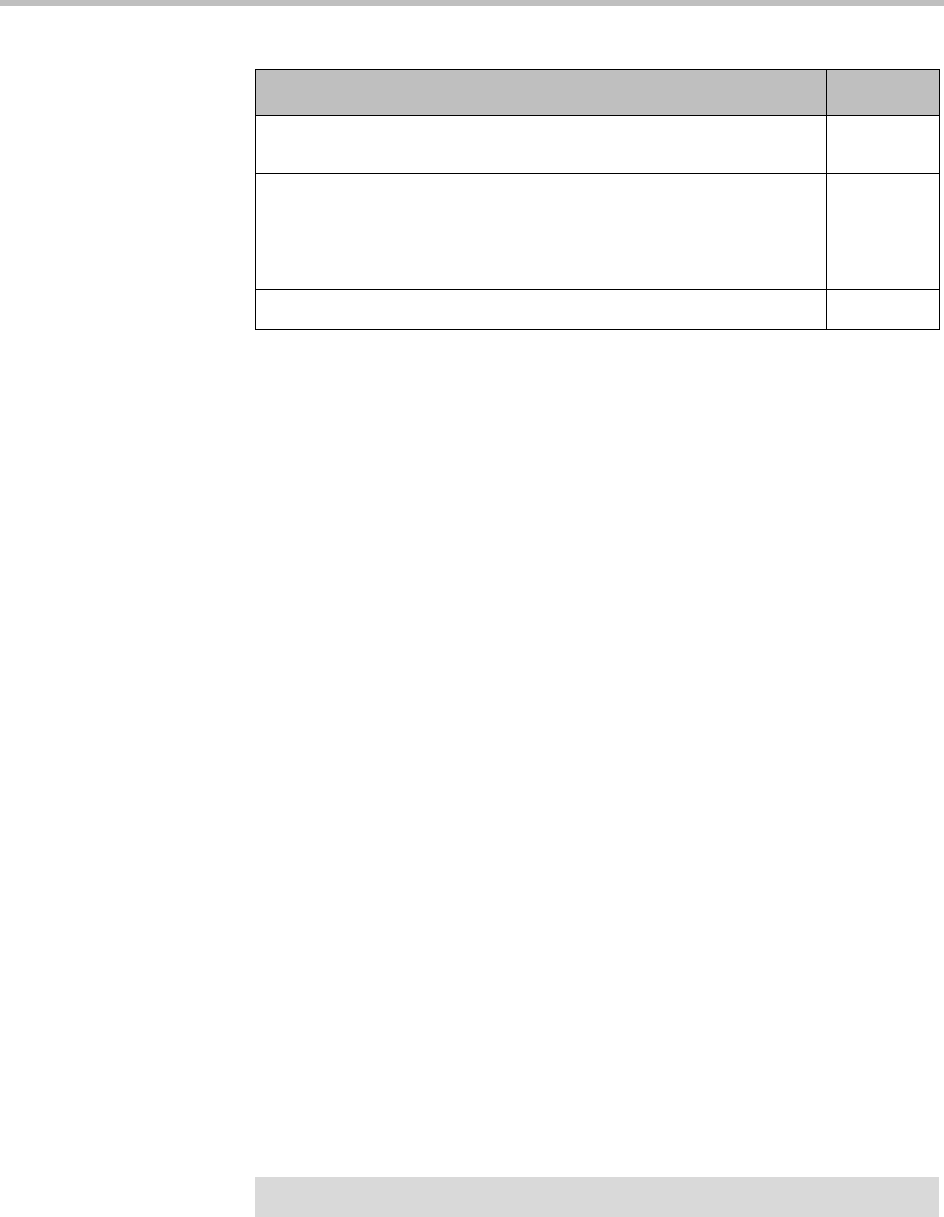
Introduction to KIRK Wireless Server 6000
2–3
The KWS6000 controls the wireless infrastructure. It manages media
resources, base stations, repeaters and the IP interface to the call handler.
The communication protocol between the KWS6000 and the call handler is SIP
A KWS6000 is installed directly on the LAN and must be managed as part of
the corporate network.
For more information about the KWS6000, refer to “Deploying KIRK Wireless
Server 6000” on page 3-1, “Installing KIRK Wireless Server 6000 and KIRK
Media Resource” on page 4-1 and “Configuring KIRK Wireless Server 6000”
on page 10-1.
Wireless Bands
The wireless solution supports two wireless bands, allowing operation in
various countries and regions. Supported wireless bands are:
• ETSI DECT (1880-1900 Mhz), referred to as DECT
• USA DECT (1920-1930 Mhz), referred to as 1G9
The wireless band used by a KWS6000 solution is determined by the base
stations and handsets ordered with the solution.
KIRK Media Resource
The media resource performs media conversion between the call handler and
the KWS6000 and is the media termination point for incoming and outgoing
calls.
A maximum of 32 media resources can be added to a KWS6000. Each media
resource adds 32 voice channels to the system. Adding 32 media resources
makes it possible to have 1024 calls at the same time.
Max. number of simultaneous calls on each KWS6000/media
resource with Codec Module
24
Max. number of simultaneous calls with 32 media resources with
Codec Module.
Note: If the Codec Module is used, it is recommended to
install it in al media resources.
768
Max. number of registered handsets
4096
Table 2-1 Overview of System Capacity
Description Capacity
Note
The KWS6000 contains one media resource.


















